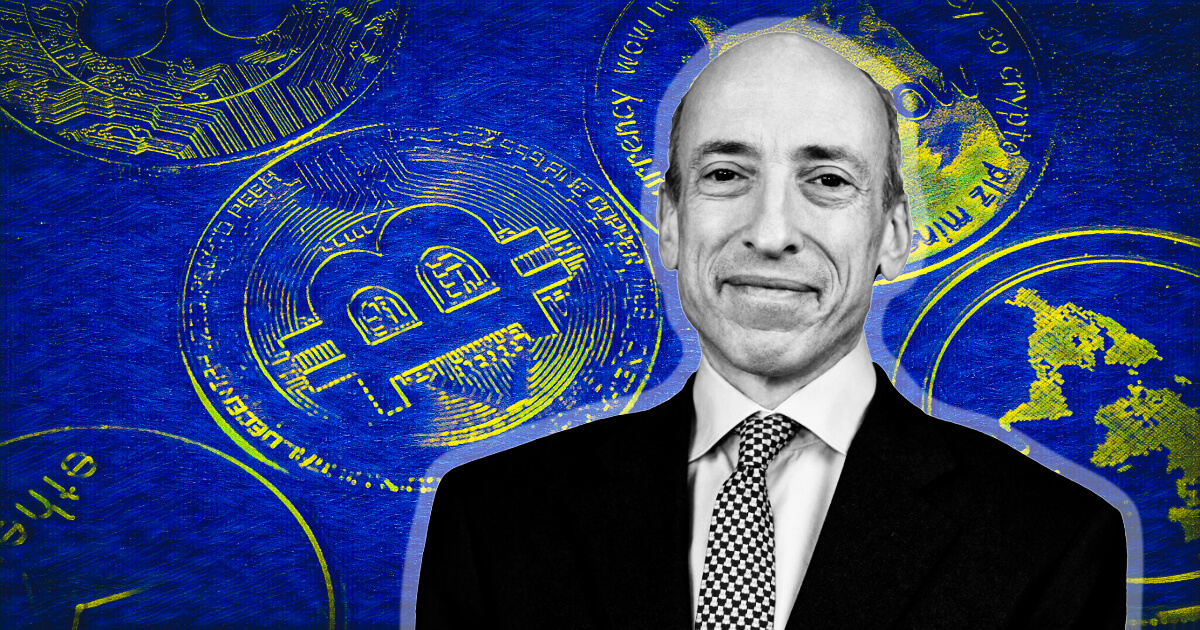
Blockchain-based assets have experienced significant ups and downs in recent years, leading many to question their importance and potential impact on everyday life. However, it is crucial to recognize that digital assets are the next step in the evolution of the internet, just as the World Wide Web decentralized information sharing.
Similarly, blockchain technology has the potential to decentralize financial assets, or is already in the process of doing so. Traditionally, governments and banks have been responsible for keeping records of wealth and asset ownership. This centralized system has often been subject to manipulation, eroding people’s ability to save and forcing them to seek alternative mechanisms to preserve their purchasing power.
Bitcoin broke through this barrier by introducing a publicly distributed ledger known as blockchain. This decentralized, permissionless financial system allowed for the exchange of value without the need for intermediaries. Since then, many other blockchain-based projects have been built on this concept, enabling various financial activities such as lending, borrowing, asset exchange, gaming, and even micro-insurance products.
The common theme among these blockchain-based assets is that they allow wealth to be expressed and accessed in tokenized form without the need for third-party involvement. Alongside the traditional stock market, a permissionless crypto market has emerged, with stablecoins gaining popularity. These tokens, which are anchored to the value of fiat currency, have the potential to become a significant demand source for monetized government debt, such as US treasuries.
The value of tokenized wealth has become an extension of the existing central banking system, as acknowledged by Federal Reserve Chair Jerome Powell. Similarly, the power of blockchain-based smart contracts is evident in the upcoming development of central bank digital currencies (CBDCs).
While the future trajectory of digital assets remains uncertain, it is clear that they have the potential to transform the current financial system. However, these advancements are not without challenges and regulatory friction. The current Securities and Exchange Commission (SEC) Chair Gary Gensler has taken a proactive approach in regulating the digital asset space, highlighting concerns related to fraud, scams, and national security risks.
Gensler’s enforcement-focused approach has faced pushback from lawmakers and legal challenges. Some argue that his actions have targeted the entire crypto community rather than addressing bad actors specifically. Efforts have been made to remove Gensler from his position and limit political influence within the SEC.
Despite these challenges, there is still a need for a bipartisan consensus on the regulation and oversight of digital assets. As the SEC continues to navigate this complex landscape, it is essential to strike a balance between investor protection and fostering innovation in the blockchain space.
In conclusion, blockchain-based assets represent an important step in the evolution of the internet and have the potential to transform the financial system. While regulatory challenges persist, it is crucial to find a balance that allows for innovation and safeguards against fraud and abuse. The future of blockchain-based assets remains uncertain, but their impact on daily life and regulatory frameworks will continue to be a topic of discussion and debate.






